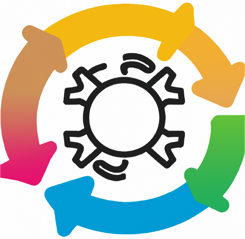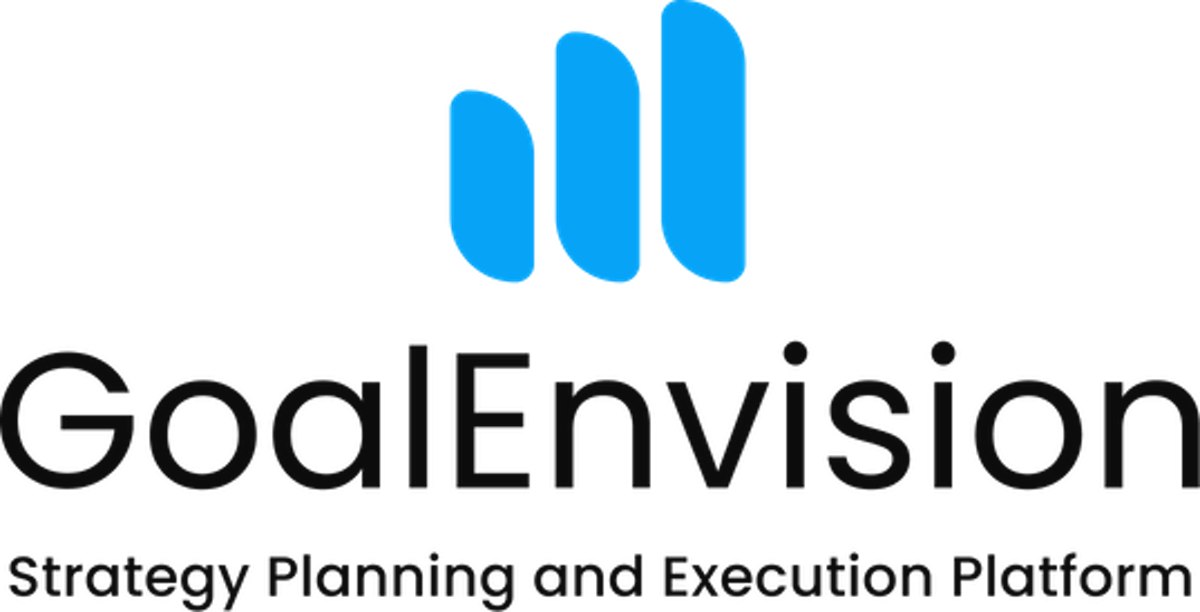How to lead agile: A guide for beginners
Share this article
Agile leadership is crucial in today's rapidly changing business world. An agile leader is not only adaptable, but also an advocate of openness, collaboration and continuous improvement.

Agile leadership is a response to the challenges faced by modern businesses, and it seeks to break with traditional hierarchies and promote rapid adaptation and innovation.
Agile leadership checklist
To help you as a leader successfully navigate this dynamic environment, we have put together a checklist of 10 concrete actions you can implement to lead agile. Designed to promote innovation, rapid adaptation and continuous growth, these actions will help you create a culture of agility and efficiency within your organisation.
- Create an open and accepting culture: Encourage employees to share ideas and feedback without fear of criticism. Promote open communication and collaboration.
- Focus on customer needs: Keep the customer at the centre and be ready to adapt to their needs and wishes. Prioritise customer feedback.
- Build self-organised teams: Give teams the responsibility and authority to make decisions on their own. Allow them to organise their work and take initiative.
- Set short and measurable goals: Use sprints or short work cycles with clear objectives. Targets should be quantifiable and assessable on a regular basis.
- Learn and adapt: Evaluate and reflect continuously on work processes and results. Adapt and improve based on feedback and experience.
- Promote cross-functional collaboration: Mix different competences in teams to increase the diversity of ideas and solutions. Create a cross-functional collaboration climate.
- Keep meetings short and efficient: Reduce time spent in long meetings. Use short daily stand-up meetings to quickly synchronise the team.
- Manage risks proactively: Identify and manage potential risks early on. Be open to making small mistakes that can lead to improvements.
- Develop a continuous learning culture: Promote a culture where learning and improvement is the norm. Encourage employees to learn from both successes and failures.
- Understand and embrace change: Be prepared to adapt to changing conditions and developments. Show that you are flexible and open to exploring new avenues.
Read more about agile methods and ways of working...
Agile leadership compared to other leadership types
To understand how agile leadership differs from other typical leadership models, it is important to compare its principles and approach to more traditional leadership methods. In the table below, we present an overview of agile leadership in comparison with two common leadership types, transformational leadership and goal-driven leadership. This comparison will highlight the unique characteristics and strategies that characterise agile leadership and how it can help navigate today's rapidly changing business world.
Aspect |
Agile Leadership |
Transformative Leadership |
Goal-directed Leadership |
|
Style and Methodology |
Adapt quickly to changes and encourage the team to be flexible. |
Paint an inspiring vision for the future and support employees to follow it. |
Set clear goals and focus on achieving them effectively. |
|
Goals and Vision |
Have a clear strategy to meet rapid changes and encourage innovation. |
Share a strong and engaging vision that inspires employees to pursue big goals. |
Define clear goals that are measurable and linked to the organization's success. |
|
Communication |
Promote open dialogue and collaboration within the team. Actively listen to ideas and feedback. |
Communicate the vision clearly and involve employees in shaping it. Be responsive to their needs. |
Communicate the goals clearly. Give directives and expectations in a clear way. |
|
Team interaction |
Create a collaborative culture where everyone feels involved and has the opportunity to contribute. |
Promote empowerment and support employees' personal and professional growth. |
Create a structured work environment with clear division of responsibilities and roles. |
|
Effects on employees |
Encourage creativity and self-direction. Support employee development. |
Increase commitment and independence by inspiring and supporting employees. |
Promote efficiency and results implementation. Reward performance against targets. |
|
Area of use |
Suitable in rapidly changing industries and projects. |
Effective in situations that require transformation and change. |
Fits well in goal- and result-focused work areas. |
|
Strengths and weaknesses |
Flexibility and adaptability can lead to quick solutions but can be less structured. |
Inspirational and transformational can drive big changes but can be less focused on results. |
Efficiency and target management can produce clear results but can be less flexible in situations of change.
|
Strategic tools for agile leadership - GoalEnvision
As agile leadership becomes more and more central in today's fast-moving business world, the need for effective tools to support this way of working is becoming increasingly important. One such tool is GoalEnvision, which offers a flexible and dynamic platform customised for agile management.
With GoalEnvision, you can easily set and monitor both long-term and short-term goals, which is at the heart of agile management. The tool enables clear communication and sharing of goals and progress within teams and across departments, facilitating rapid adaptation and refocusing when needed.
🌟 Explore GoalEnvision - Your path to strategic success 🌟
Want to take your business strategy to new heights? GoalEnvision offers an intuitive solution for setting and tracking goals, leading to measurable progress and success. Whether you're a seasoned leader or new to strategic planning, GoalEnvision is designed to meet your unique needs. Start your journey to strategic triumphs - try GoalEnvision for free today!
Start your success journey with GoalEnvision now!
Through its user-friendly interface and the ability to adapt goals and monitoring processes to the unique needs of the organisation, GoalEnvision strengthens the agile leader's ability to navigate an ever-changing environment. It is not only a tool for setting and tracking goals, but also a catalyst for agile culture and practices.

Share this article
Did you like this article? Here is more...
Latest






